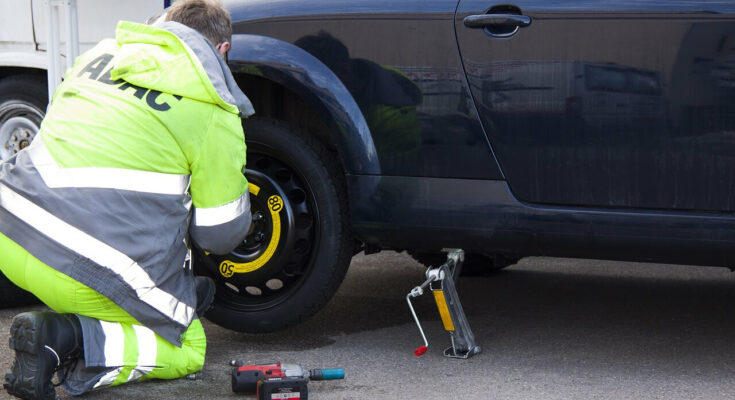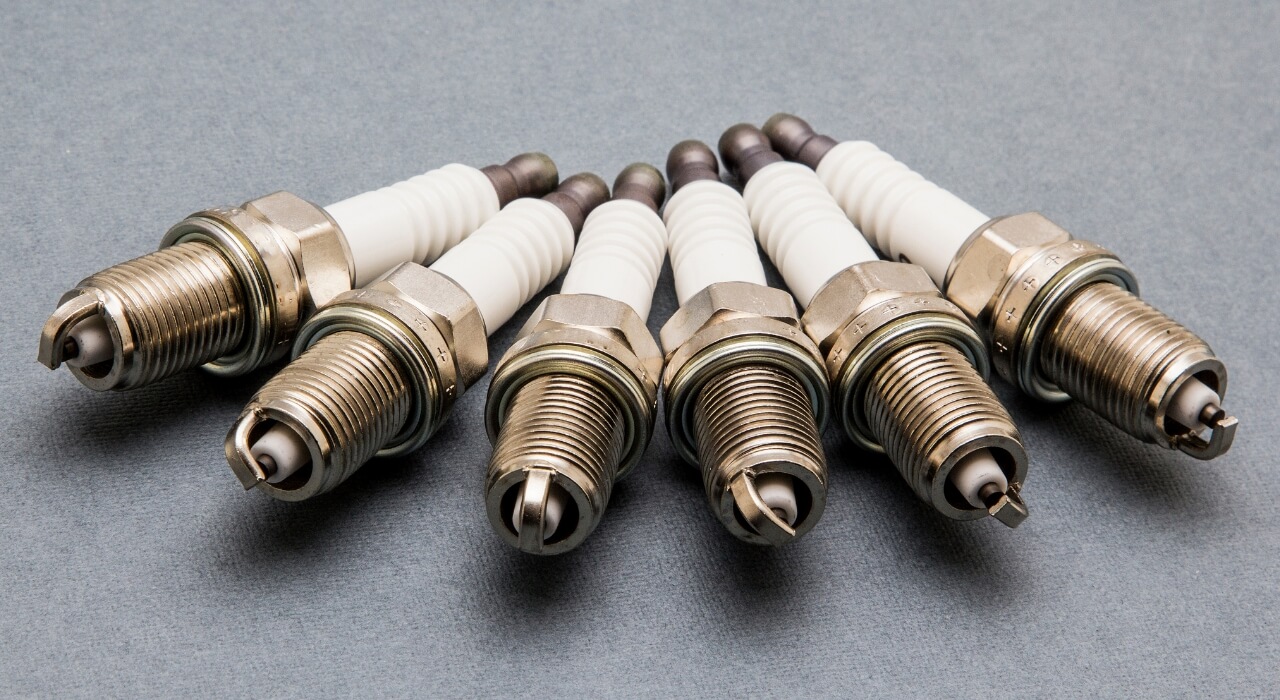One of the biggest developments in vehicle safety and design in recent decades has been the introduction of runflat tires (RFTs) into the automobile industry. There are concerns over these tires’ effects on fuel economy and overall vehicle performance as more manufacturers use them on their newest vehicles. This paper explores the subtleties of the interactions between RFTs and these important areas of vehicle operation and design.
Understanding Run-Flat Tires
Before evaluating the effect on performance and fuel efficiency, it is important to comprehend the differences between run-flat and conventional tires. RFTs are made to be driven on for a brief period following a puncture or other major damage that would render regular passenger or SUV tires unusable. Without the immediate need for a roadside tire change, drivers can continue to a safe location or service center thanks to their reinforced sidewalls and unique construction.
The story begins in the early 20th century. Pneumatic tires, the kind filled with air that we are familiar with today, had become the standard for automobiles. However, the inconvenience and danger of tire blowouts and punctures were already well-recognized. The idea of a tire that could function even when deflated was an attractive solution to a problem as old as the pneumatic tire itself.
Suggestion: 11 Best Overland Vehicles 2024 – Quick Guide For Off-Road Lovers
With several patents for self-supporting tire designs submitted in the 1930s and 1940s, the idea of a tire that could run flat began to take shape. However, because of the limits of materials and technology at the time, these early designs were not feasible for scale manufacturing or widespread use.
The advancement of run-flat tire technology did not occur until the 1970s and 1980s. The creation of novel synthetic rubbers and reinforcing elements, in particular, along with advances in materials science, made it possible to produce tires that could bear the strain of operating without air pressure.
How Run-Flat Tire Works
They typically incorporate one of two design strategies to prevent a total collapse when punctured: self-supporting systems or auxiliary-supported systems.
Self-Supporting Run-Flat Tires – Such run-flat tires are designed with robust sidewalls. In the event of deflation due to a puncture, these sturdy sidewalls maintain their integrity well enough to bear the vehicle’s weight for a limited period. This is made possible through the incorporation of thick, heat-tolerant rubber that is capable of carrying the vehicle’s load even when air pressure is absent.
Also Check: 7 Best Car Amplifiers For Perfect Sound – Review & Expert’s Guide
Auxiliary-Supported Run-Flat Tires – Run-flat tires of this variant employ a sturdy ring made of hard rubber or a similar supportive material that holds up the weight of the vehicle in the event of deflation. Though not as commonly used in everyday passenger vehicles, this system provides an alternate route to furnish the tire with run-flat capabilities.
Fuel Efficiency Factors to Consider
- Weighing Elements – Because more material is needed for reinforcement, run-flat tires are naturally heavier than regular tires. Because of the additional weight, there may be a modest drop in fuel efficiency due to higher rolling resistance. But since it lightens the car overall, not having a spare tire, jack, or other tire-changing tools can make up for it.
- Aerodynamics and Design of Vehicles – Because run-flat tires take up less space than spare tires, vehicles built with them in mind may have better aerodynamics. This may result in a more aerodynamic design, which could improve fuel economy.
- Tire Pressure Upkeep – A tire’s proper inflation is essential for maximum fuel economy. When run-flat tires are used in conjunction with Tire Pressure Monitoring Systems (TPMS), tire pressure is maintained and any loss of pressure is promptly recorded, enabling timely repair. By doing this, you can avoid the fuel efficiency losses brought on by underinflated tires.
Performance Implications
- Speed and Distance Limitations – When a run-flat tire does experience a loss of pressure, it is typically limited to a certain speed and distance that it can be driven on safely (usually around 50 miles at up to 50 mph). While this is a performance limitation in a punctured state, it is also a safety feature that allows drivers to reach a service point without the need for immediate roadside assistance.
- Handling and Stability – Run-flat tires’ sturdier sidewalls help to reduce tire sidewall flex, which may lead to better handling and stability—especially when cornering or traveling at high speeds. But this stiffness can also make the ride stiffer, which some drivers can find less comfortable.
- Adjusting Suspensions – Manufacturers of vehicles frequently adjust suspensions especially for the features of run-flat tires. The vehicle’s overall performance may be affected, either positively or negatively, based on the vehicle’s make, model, and suspension system quality.
Comparative Data and Studies
Mixed findings come from studies on how run-flat tires affect fuel economy. A small increase in fuel use may be attributed to the previously listed causes in some research, whereas a minimal difference in fuel consumption is seen in others. Performance tests frequently demonstrate that RFTs can provide better handling and response times, but ride comfort may suffer as a result.
Suggestion: Why My Car Shake When Braking? – Top Reasons And Solutions
Cost-Benefit Analysis
The decision to opt for run-flat tires often comes down to a cost-benefit analysis by the consumer. While there may be a slight impact on fuel efficiency, the benefits of added safety, convenience, and potential performance improvements might outweigh the drawbacks for many drivers.
Tire technology is still advancing to address the issues with run-flat tires. Producers are working on lighter, more pliable materials that should improve performance and safety characteristics without negatively affecting fuel economy.
In summary
Run-flat tires present a complicated web of interrelated issues that affect vehicle performance and fuel economy. Although the little heavier RFTs may have an impact on fuel efficiency, the advantages of constant tire pressure and the lack of a spare tire frequently outweigh this. Though occasionally at the expense of riding pleasure, the reinforced structure of RFTs can enhance handling and stability in terms of performance.
The difference between run-flat and regular tires is probably going to get smaller as tire and vehicle manufacturers continue to improve their designs. Upcoming versions of RFTs should provide a more balanced combination of performance, efficiency, and safety. For the time being, drivers must balance the convenience and safety of RFTs against the possibility of a rougher ride and a negligible effect on fuel economy.

















